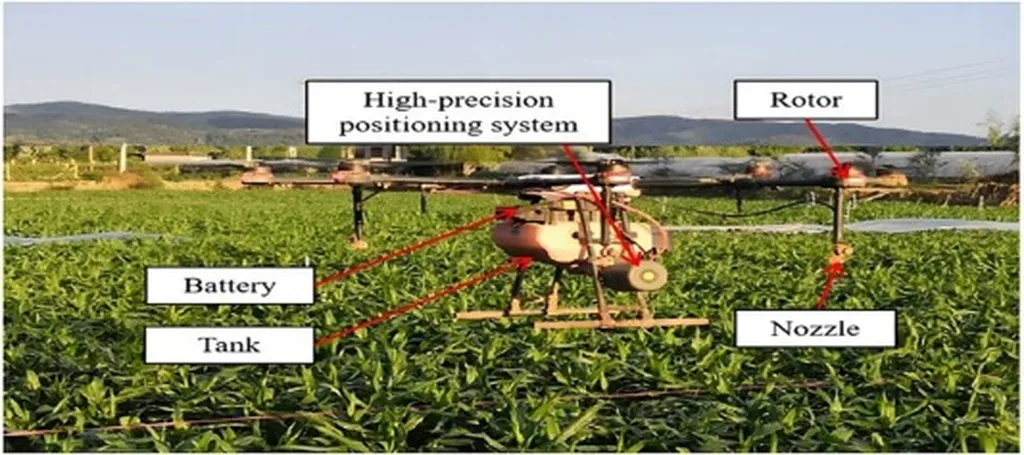In the quest for more efficient and precise agricultural irrigation and energy systems, a recent mini-review published in *Frontiers in Physics* (translated to *Frontiers in Physics*) sheds light on the transformative potential of air-assisted spray nozzles. Led by Yuanfeng Zhao from the Institute for Energy Research at Jiangsu University in China, the research delves into the fundamental principles, spray phenomena, and atomization mechanisms of these innovative nozzles, offering insights that could revolutionize various industries.
Air-assisted spray nozzles have long been recognized for their ability to enhance atomization, a process crucial for improving the efficiency of fuel injection in aerospace propulsion systems and irrigation in agriculture. By integrating air into the spray process, these nozzles can produce finer droplets, which in turn improve the distribution and absorption of liquids. This technology is not just about making things smaller; it’s about making them smarter and more efficient.
“Air-assisted atomization is a game-changer,” says Zhao. “It allows us to control the droplet size and distribution with unprecedented precision, which is critical for optimizing performance in both agricultural and energy applications.”
The review highlights the structural configurations and atomization mechanisms of air-assisted nozzles, providing a comprehensive analysis of key design parameters and their influence on performance. One of the most intriguing aspects of the research is its exploration of the air-assisted atomization process through typical flow regimes, vortex identification techniques, and integrated experimental–numerical approaches. These methods offer a deeper understanding of how air-assisted nozzles can be optimized for specific applications.
For the energy sector, the implications are significant. More efficient atomization can lead to better fuel combustion, reducing emissions and improving the overall performance of propulsion systems. This is particularly relevant as the industry seeks to meet increasingly stringent environmental regulations and the demand for cleaner, more sustainable energy solutions.
In agriculture, the potential is equally promising. Precision irrigation systems that utilize air-assisted nozzles can significantly reduce water waste and improve crop yields. As the world grapples with water scarcity and the need for sustainable farming practices, this technology could play a pivotal role in shaping the future of agriculture.
Looking ahead, the review suggests that future developments should focus on integrating air-assisted spray nozzles with smart agriculture technologies. This could involve the use of sensors and data analytics to optimize irrigation schedules and nozzle performance in real-time, further enhancing efficiency and sustainability.
“By combining air-assisted atomization with smart technologies, we can create systems that are not only more efficient but also more adaptive to the changing needs of the environment,” Zhao explains. “This is an exciting area of research with immense potential for both the energy and agricultural sectors.”
As the world continues to seek innovative solutions to pressing challenges, the insights provided by this research offer a glimpse into a future where technology and sustainability go hand in hand. With further advancements and optimizations, air-assisted spray nozzles could become a cornerstone of efficient and environmentally friendly practices across multiple industries.

